- Home
- /
- Product Management
- /
- Mastering SWOT Analysis
Introduction
SWOT Analysis is your strategic compass in a chaotic business world. It stands for Strengths, Weaknesses, Opportunities, and Threats, a framework that dissects internal and external factors to drive smarter decisions. Whether you’re a startup founder, a corporate leader, or an individual charting a career path, SWOT illuminates the path forward. This in-depth guide explores its mechanics, real-world case studies, FAQs, and trends for 2025, crafted to rank high and engage deeply.
What is SWOT Analysis? The Core Unveiled

SWOT Analysis evaluates four pillars:
- Strengths: Internal advantages (e.g., unique technology, loyal customers).
- Weaknesses: Internal shortcomings (e.g., limited funds, skill gaps).
- Opportunities: External possibilities (e.g., market trends, partnerships).
- Threats: External risks (e.g., competitors, regulations).
It’s a universal tool, adaptable for businesses, nonprofits, or personal growth. In 2025, with AI reshaping industries and sustainability demands rising, SWOT analysis’ clarity is more vital than ever.
The Origins of SWOT Analysis

Developed in the 1960s by Albert Humphrey at Stanford Research Institute, SWOT aimed to fix flawed corporate planning. By the 1980s, it was a global standard. Today, it’s a go-to for strategists across sectors, evolving with digital tools and data analytics.
Why SWOT Analysis Matters in 2025

The business landscape is relentless, think AI disruptions, hybrid work, or climate policies. SWOT empowers you to:
- Outmaneuver competitors.
- Spot untapped markets.
- Mitigate risks like cyberattacks or supply chain woes.
- Align teams for unified action.
Its simplicity and depth make it a must-have for navigating 2025’s complexities.
How to Conduct a SWOT Analysis: A Step-by-Step Blueprint

Here’s how to execute a SWOT Analysis with precision.
Set a Clear Objective
Define your goal: launching a product, entering a market, or boosting efficiency? Clarity sharpens focus.
Assemble a Diverse Team
Include stakeholders: executives, staff, and even customers, for varied insights. Solo? Consult mentors or peers.
Build the SWOT Matrix
Create a 2×2 grid labeled Strengths, Weaknesses, Opportunities, and Threats. Use tools like Canva or Excel for ease.
Identify Internal Factors
- Strengths: What’s your edge? Patented tech? Strong brand?
- Weaknesses: Where do you stumble? Outdated systems? High costs?
Use data, financials, surveys, or analytics for accuracy.
Pinpoint External Factors
- Opportunities: What’s out there? Growing demand? New tech?
- Threats: What threatens you? Rivals? Economic shifts?
Leverage market reports, Google Trends, or Statista for insights.
Prioritize and Analyze
Rank factors by impact. A scoring system (1-10) adds objectivity.
Craft Strategies
Turn insights into action:
- SO Strategies: Use strengths to seize opportunities.
- WO Strategies: Address weaknesses to exploit opportunities.
- ST Strategies: Leverage strengths to counter threats.
- WT Strategies: Minimize weaknesses to avoid threats.
Implement and Monitor
Assign tasks, set deadlines, and review quarterly. Tools like Trello or Miro streamline collaboration.
Pro Tip: Use SWOT.io for real-time team input.
SWOT Analysis Across Scenarios

SWOT adapts to any context. Here’s how it shines.
Business Strategy
A tech startup might identify proprietary AI (strength), limited funding (weakness), government grants (opportunity), and Big Tech rivals (threat).
Personal Development
A professional could highlight certifications (strength), weak networking (weakness), remote work trends (opportunity), and job automation (threat).
Nonprofits
A charity might note community trust (strength), poor digital reach (weakness), crowdfunding platforms (opportunity), and economic downturns (threat).
Product Development
A beverage brand could list distribution networks (strength), high costs (weakness), e-commerce growth (opportunity), and regulatory changes (threat).
Real-World Inspired Case Studies

Case Study 1: Adam’s Sustainable Fashion Brand
In a quaint town nestled among rolling hills, Adam, a young entrepreneur, dreamed of launching a sustainable fashion brand blending style with ethical practices. Facing market complexities, Adam discovered SWOT Analysis at a seminar led by Sarah, a seasoned entrepreneur. Sarah’s success story inspired Adam to apply SWOT to his venture.
SWOT Analysis
- Strengths: Passion for sustainability, unique design aesthetic, access to eco-friendly artisans.
- Weaknesses: Limited marketing budget, no brand recognition, supply chain inexperience.
- Opportunities: Rising demand for sustainable fashion, eco-conscious influencer partnerships, and international market potential.
- Threats: Established competitors, fluctuating material costs, and regulatory shifts.
Strategies
- SO: Leveraged social media storytelling to highlight sustainability, partnering with influencers to boost visibility.
- WO: Invested in cost-effective digital marketing to overcome budget constraints.
- ST: Collaborated with ethical suppliers to counter price volatility.
- WT: Diversified suppliers to mitigate regulatory risks.
Outcome: Adam’s brand gained traction via viral social media campaigns. By 2025, it secured partnerships with eco-influencers and expanded to European markets, achieving a 30% sales increase.
Case Study 2: GreenTech Innovations (Renewable Energy Startup)
GreenTech, a startup focused on solar panel innovations, used SWOT to scale in 2024.
SWOT Analysis
- Strengths: Patented solar tech, expert engineering team.
- Weaknesses: High R&D costs, limited market presence.
- Opportunities: Government clean-energy subsidies, rising solar demand.
- Threats: Chinese competitors, supply chain disruptions.
Strategies
- SO: Secured government grants to fund expansion into urban markets.
- WO: Partnered with local distributors to boost brand visibility.
- ST: Used proprietary tech to differentiate from low-cost rivals.
- WT: Diversified suppliers to reduce dependency risks.
Outcome: GreenTech captured 15% of the U.S. residential solar market by 2025, with exports to Asia.
Case Study 3: Urban Bites (Local Restaurant Chain)
Urban Bites, a mid-sized restaurant chain, faced declining foot traffic in 2023 due to remote work trends.
SWOT Analysis
- Strengths: Loyal customer base, signature dishes.
- Weaknesses: Outdated online ordering system, high labor costs.
- Opportunities: Food delivery apps, demand for plant-based menus.
- Threats: New fast-casual chains, rising food prices.
Strategies
- SO: Launched a plant-based menu on delivery platforms like DoorDash.
- WO: Upgraded digital ordering to improve customer experience.
- ST: Promoted loyalty programs to retain customers amid competition.
- WT: Negotiated bulk supplier deals to offset rising costs.
Outcome: Urban Bites saw a 25% revenue boost by 2025, with delivery sales doubling.
Case Study 4: TechTrend Solutions (Software Firm)
TechTrend, a mid-tier software company, used SWOT to pivot to AI-driven solutions in 2024.
SWOT Analysis
- Strengths: Skilled AI developers, strong client portfolio.
- Weaknesses: Slow adoption of cloud tech, small marketing team.
- Opportunities: AI market boom, remote work software demand.
- Threats: Cybersecurity regulations, Big Tech dominance.
Strategies
- SO: Developed AI-powered remote work tools for existing clients.
- WO: Invested in cloud training for developers.
- ST: Emphasized niche AI solutions to avoid Big Tech competition.
- WT: Strengthened cybersecurity to comply with regulations.
Outcome: TechTrend’s AI tools gained 10,000 users by 2025, with a 40% revenue spike.
Common Pitfalls to Avoid
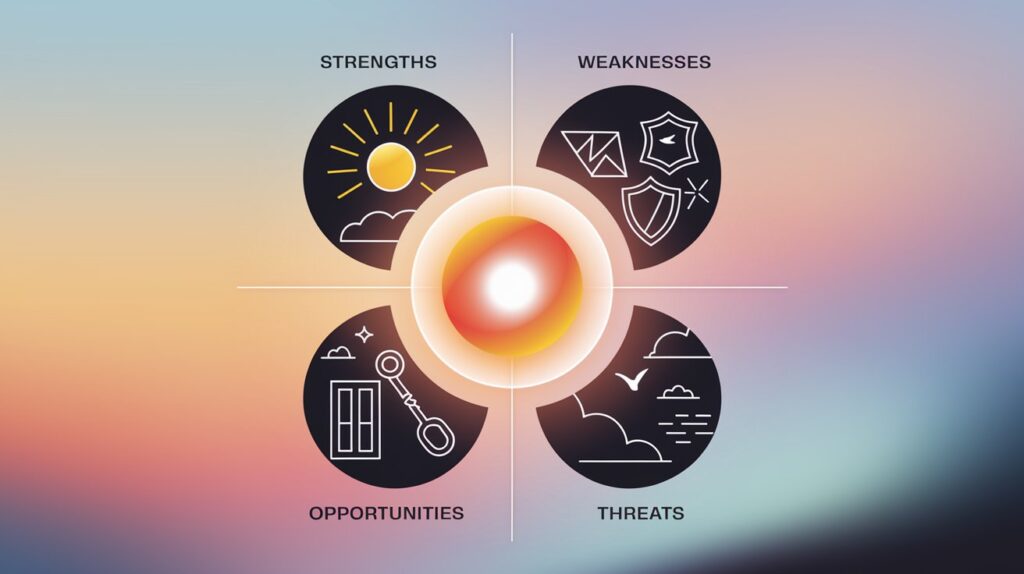
- Vague Entries: “Great product” lacks depth. Specify “AI-driven CRM with 95% uptime.”
- Bias: Don’t downplay weaknesses or inflate strengths.
- Data Gaps: Use metrics, sales data, customer reviews for credibility.
- Static Plans: Revisit SWOT quarterly to stay relevant.
- Overloading: Limit each quadrant to 5-7 key factors.
Advanced SWOT Techniques

Elevate your analysis with:
- TOWS Matrix: Pair SWOT elements for strategic combos (e.g., Strengths-Opportunities).
- Weighted SWOT: Score factors by impact for prioritization.
- PESTLE Integration: Combine with Political, Economic, Social, Technological, Legal, and Environmental analysis.
- Competitor SWOT: Benchmark against rivals’ strengths and weaknesses.
FAQs About SWOT Analysis

How does SWOT differ from PESTLE?
SWOT focuses on internal and external factors specific to an entity. PESTLE analyzes broader macro trends. Use both for a 360-degree view.
Can individuals use SWOT?
Yes! Professionals map career paths by assessing skills (strengths), gaps (weaknesses), job trends (opportunities), and automation risks (threats).
How often should SWOT be updated?
Every 3-6 months or after major shifts (e.g., new regulations, competitor launches).
Is SWOT effective for startups?
Definitely. It helps startups maximize limited resources and spot niche opportunities.
What tools enhance SWOT?
Canva (templates), Miro (collaboration), Lucidchart (matrices), and data sources like Statista or IBISWorld.
Recommended Readings and Resources

Books
- “SWOT Analysis” by Alan Sarsby: A beginner-friendly guide.
- “Blue Ocean Strategy” by W. Chan Kim & Renée Mauborgne: Pairs with SWOT for market innovation.
- “Competitive Strategy” by Michael E. Porter: Industry analysis insights.
Online Resources
- Harvard Business Review: Strategic case studies.
- McKinsey Insights: Market trend reports.
- MindTools: Free SWOT templates.
Tools
SWOT Analysis in 2025: Key Trends

- AI-Driven Insights: AI tools like predictive analytics enhance external factor identification.
- Sustainability Pressures: Opportunities in green tech; threats from carbon taxes.
- Hybrid Work Models: Strengths in remote tools; weaknesses in traditional setups.
- Cybersecurity Focus: Threats from data breaches; opportunities in security solutions.
Conclusion: SWOT as Your Strategic Edge

SWOT Analysis isn’t just a tool, it’s a mindset shift. It forces clarity, sparks innovation, and mitigates risks. From Adam’s fashion brand to global giants like Tesla, SWOT drives success. In 2025’s dynamic landscape, it’s your key to staying agile and competitive. Grab your team, build your matrix, and chart the future.
Enjoyed this article? Want to dive into Pricing Strategies? Explore here. Interested in learning about Funnels? Discover more here. Curious about Product Management Frameworks? Find out more here.

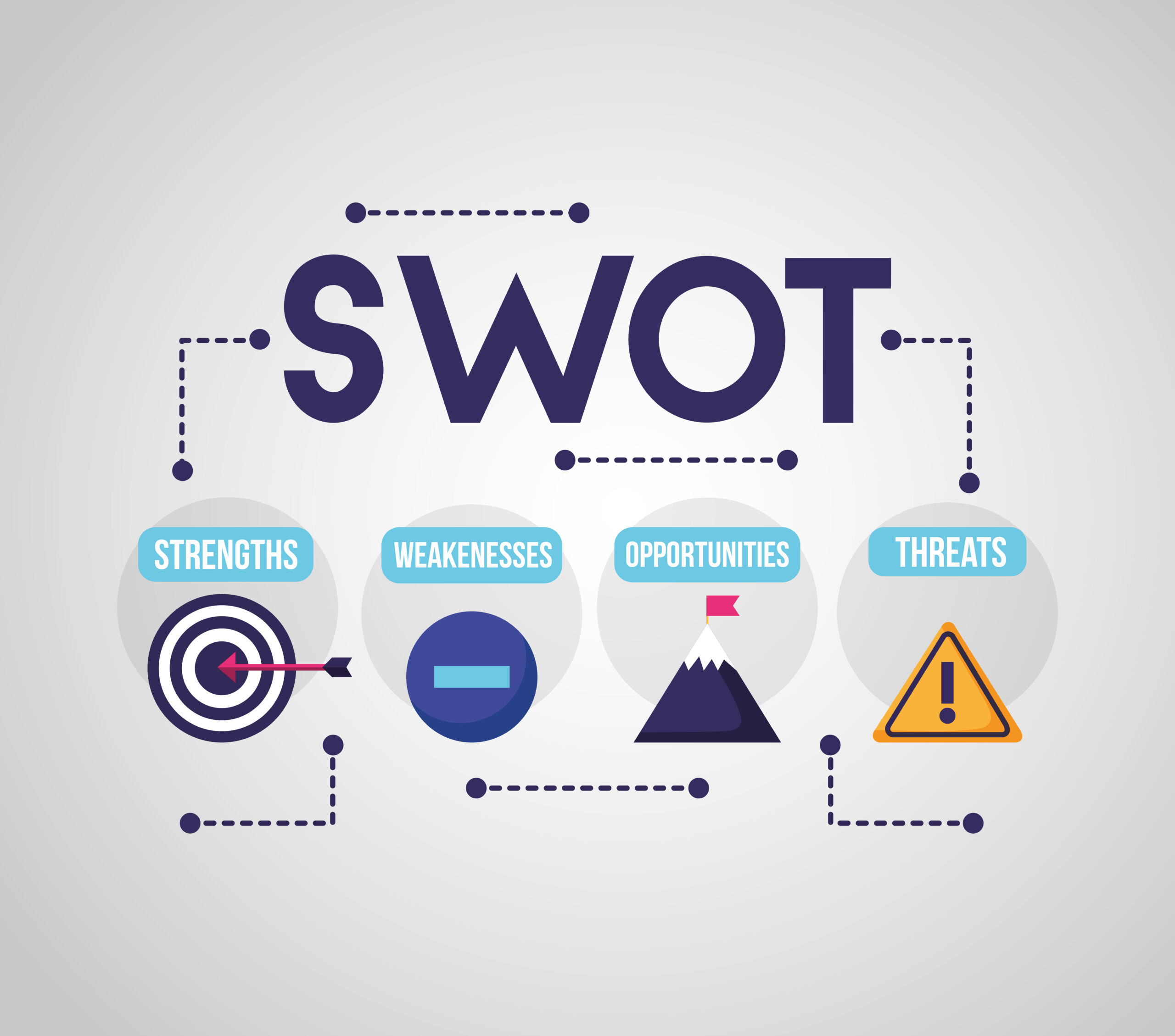



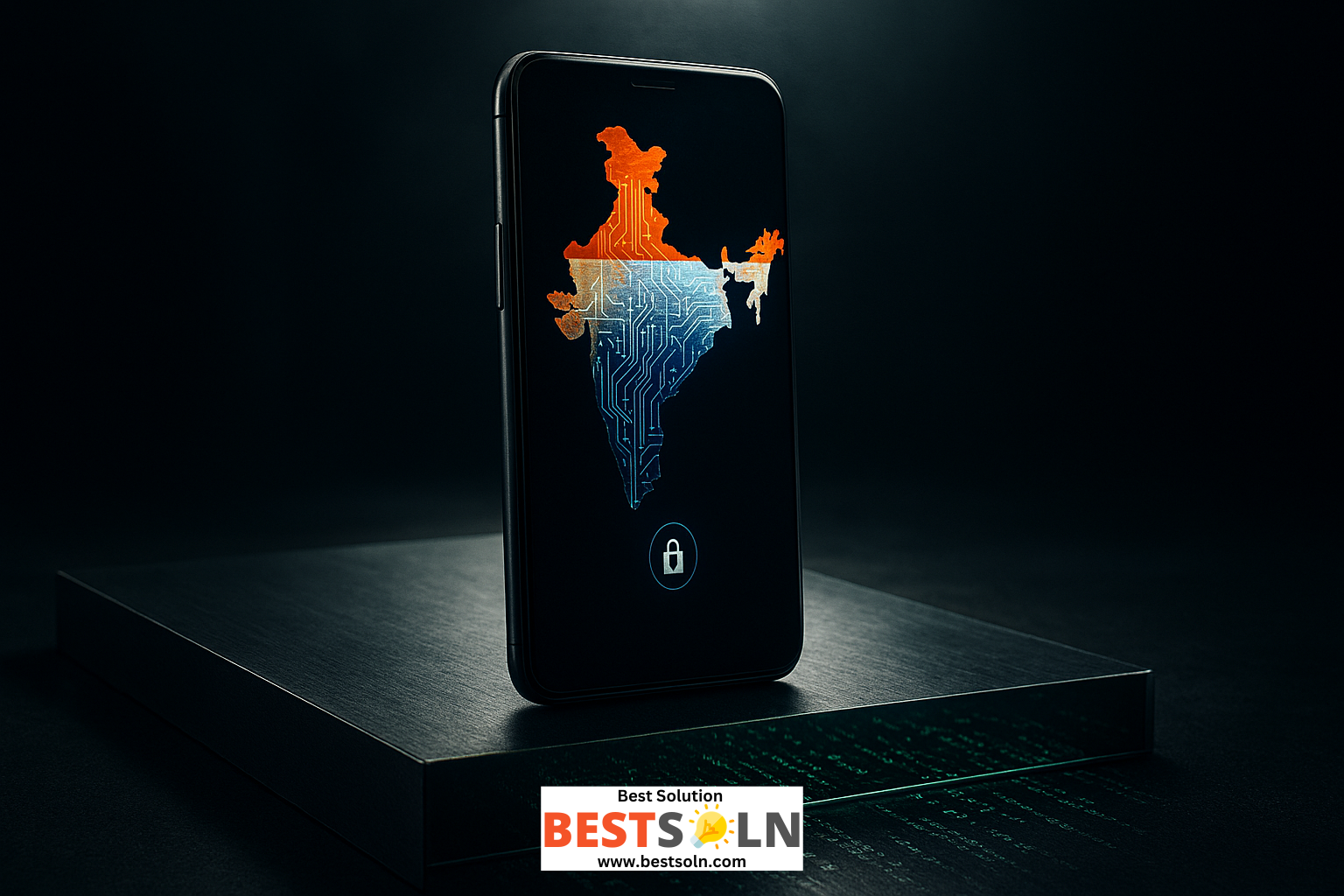


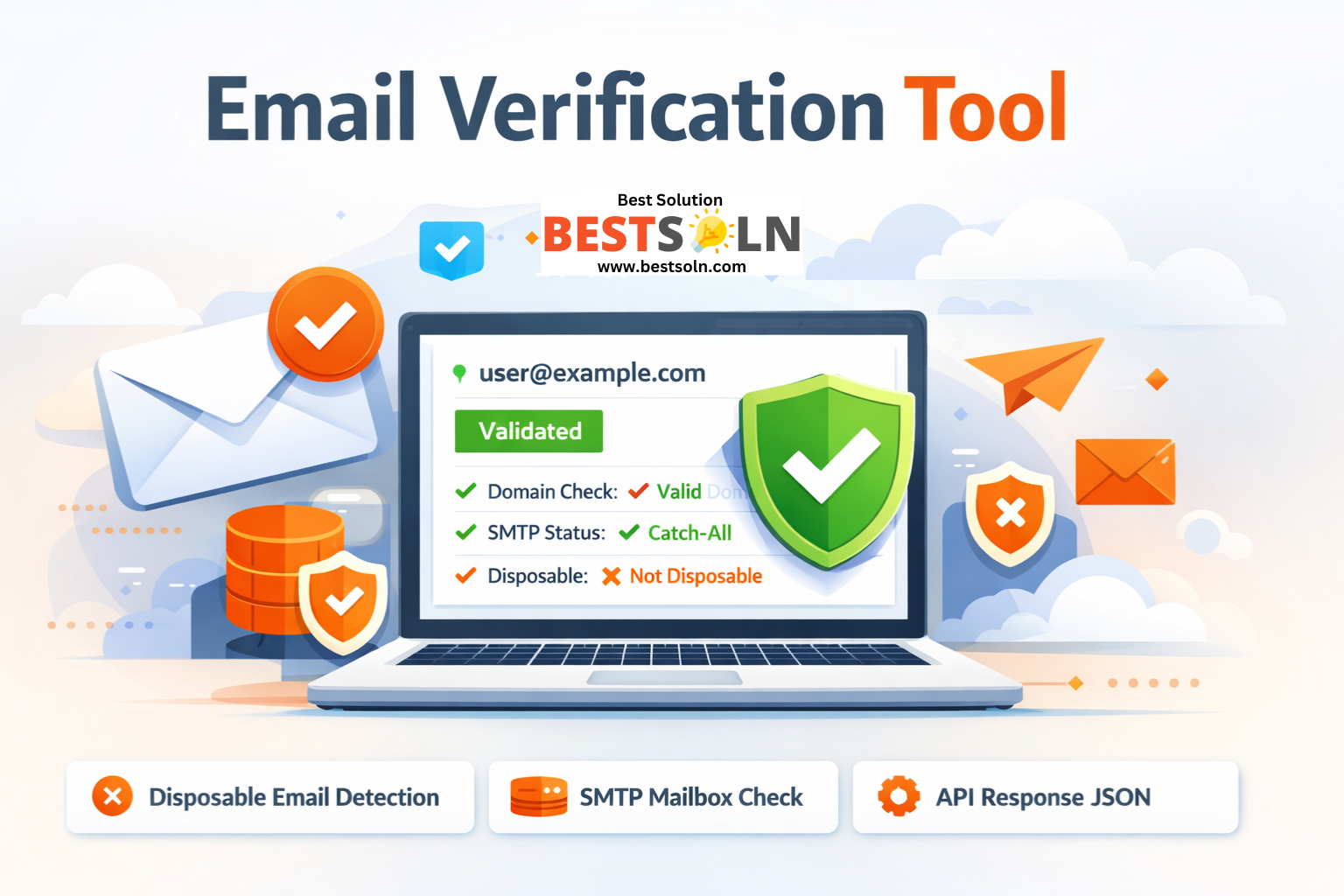


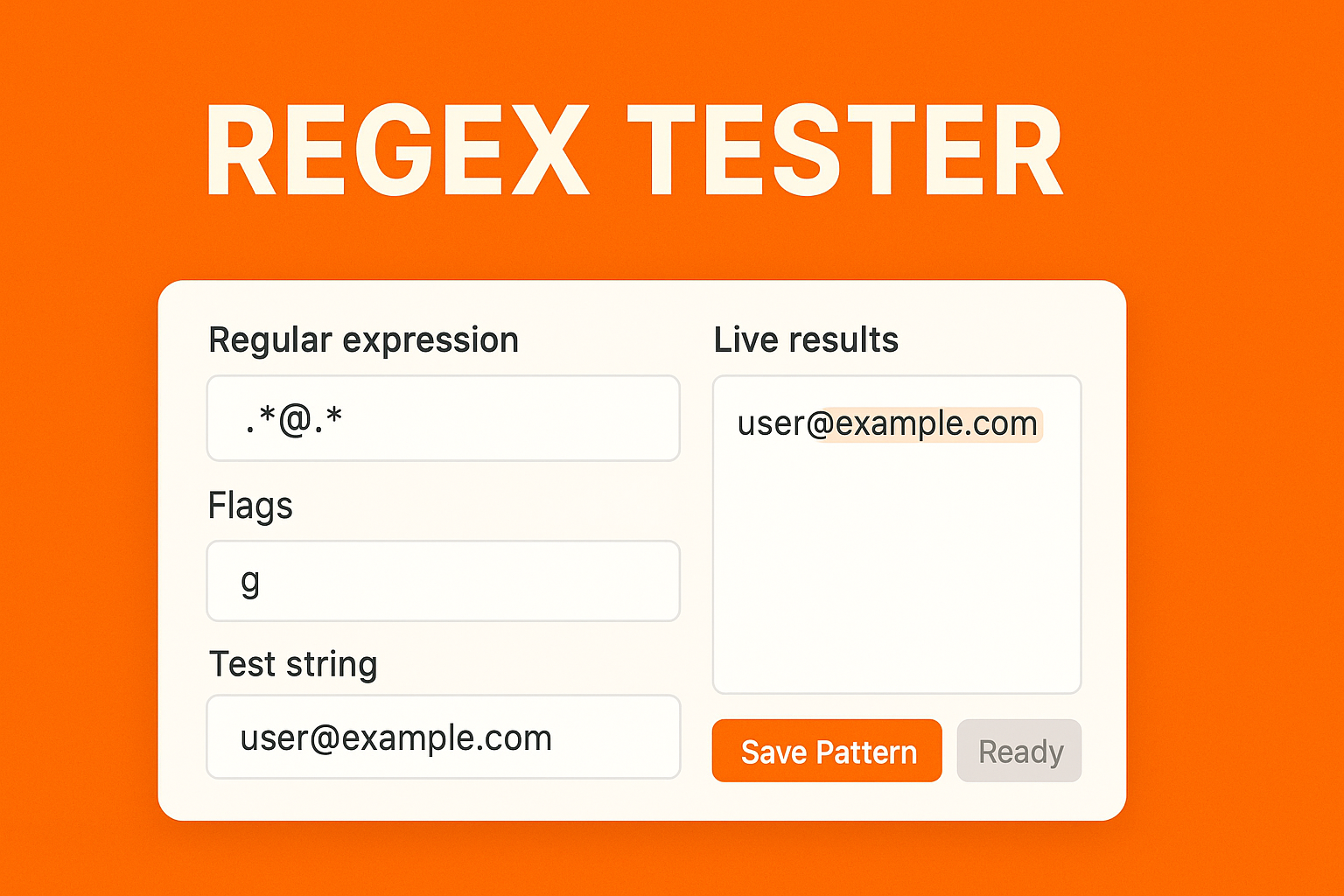








Leave a Reply